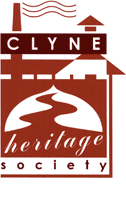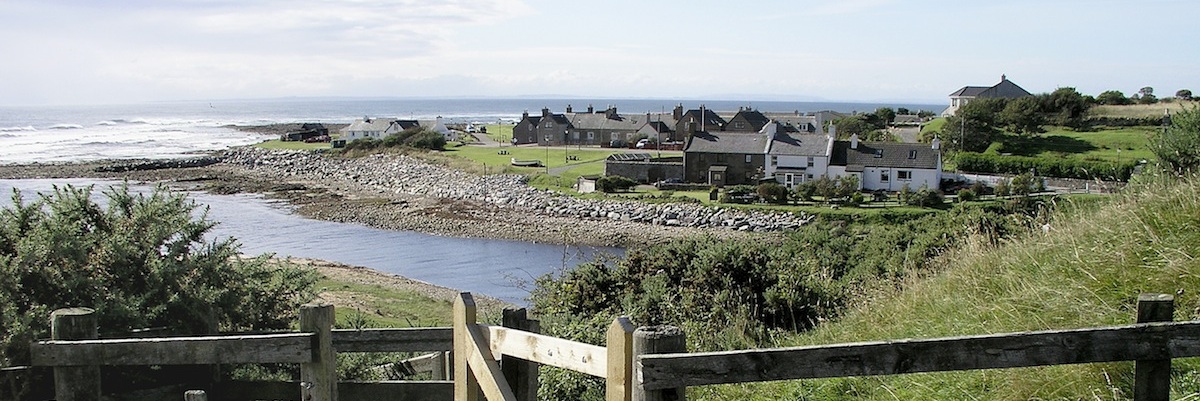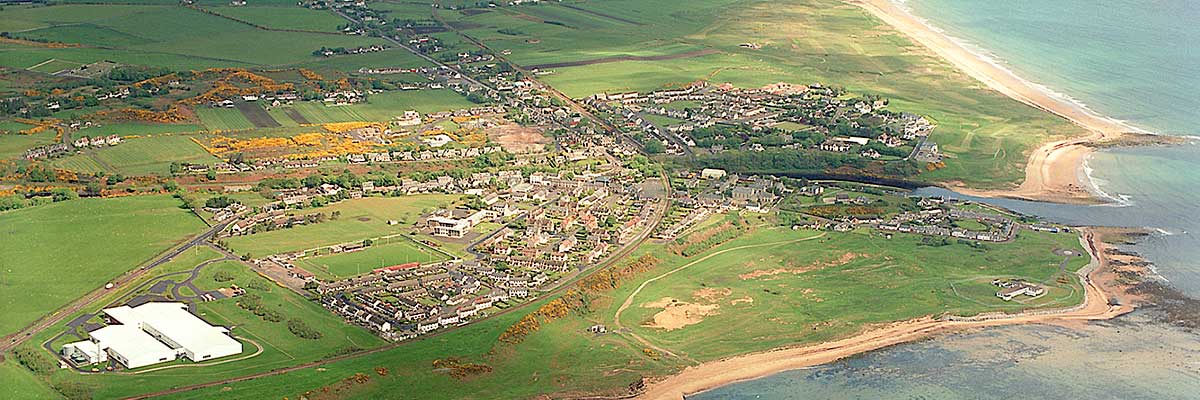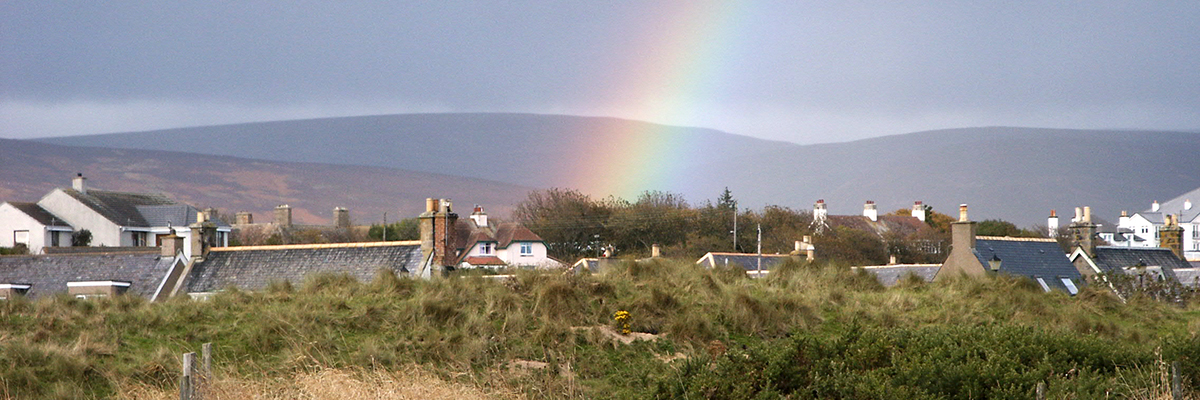
Clyne Heritage Society
The history of Clyne Parish
Click on any title below for more information.-
Crofting and coal
- The history of the parish of Clyne is dominated by its long industrial past, e.g. coal mining, salt panning, tweed production, distilling, electricity generation etc. The early industries were established by the house of Sutherland and by the late Nineteenth Century Brora became known as the Industrial Capital of the North.
Crofting and fishing also played a major part in Clyne’s working past and the Society is dedicated to researching the forgotten townships of Strath Brora, and members regularly organise guided walks to bring people back to the heartland of the parish. -
The earliest settlers
- In common with other Highland parishes, the history began in the Mesolithic of the Stone Age after the recession of the ice sheet which covered the country during the last ice age (for a concise overview of archaeological periods in the Highlands see the Am Baile website). There is no evidence yet discovered of these early nomads in Clyne, unlike neighbouring areas.
Evidence for Neolithic settlers, dating to around 5000 years ago is sparse, but a good example of one of their burial chambered cairns is found on the shore of Loch Brora.
In contrast, Bronze and Iron Age people have left their marks all over the parish. Their characteristic roundhouses (hut circles) are dotted around the landscape and many more remain to be discovered. These early farmers have also left their mark on the hillsides, close to their roundhouses, in the form of cairns of stones which they have cleared from their agricultural grounds.
There are 7 brochs in the parish dating from around 600BC to 100AD, which are uniquely found in the Highlands and Islands, but are concentrated in Caithness and East Sutherland. These familiar stone-built towers are somewhat enigmatic structures, as experts are still undecided as to their purpose – defensive or pure status!
There are few remains about the little known intervening years to the Post-Medieval/Pre-Clearance settlements, which are also found scattered about the landscape. There are over 100 of these ‘townships’ which litter the now barren and uninhabited areas of the parish – a direct result of the notorious Highland Clearances, which began in Clyne in around 1809. -
Making way for sheep
- The Clearances form a dark chapter in the history of the parish, and of the wider Highlands, when the tenants of the townships were forcibly removed and the land was converted to great sheep farms or walks, which were deemed to be more profitable for the landowners, in this case the wealthy House of Sutherland.
Most of the former inhabitants of the townships were re-settled in new coastal villages on small lots of land, which were not large enough to sustain the families. This was so that they would be encouraged to take up fishing as a main occupation and, in particular in Brora, or another job in one of the many industrial adventures set up by the Sutherland family at that time. Others emigrated, never to return.
The industries revolved around the geological fortitude of Jurassic coal being found and exploited on the coast at Brora, as early as 1529. The Sutherland estate invested in a deep coal mine and used this rich source of fuel to power related industrial enterprises such as brick and tile works, salt-pans and a distillery. These industries, with the exception of the still-thriving distillery, soon faded as the duty on salt was abolished in the early 1820s and it was no longer economic to mine coal. -
The 'Electric City'
- These industries were revived by the third Duke of Sutherland in the 1870s and the coal mine only closed down for good in 1974. Hunter’s Woollen Mill, famous all over the world for its tweed, operated in the village from the turn of the last century until 2004 when it too closed its doors for ever. Thomas Hunter eventually owned the coal mine and brickworks, as well the mill which he powered by electricity generated on site. He sold his surplus electricity to those who could afford it as early as 1913, when he set up the Brora Electricity Supply Company to use his surplus power. The village street lights were also powered by this source and soon the village acquired the name ‘the Electric City,’ fully 35 years before the arrival of mains electricity after the war.


